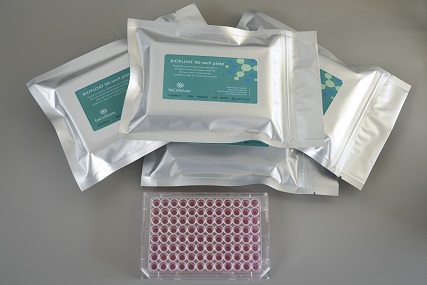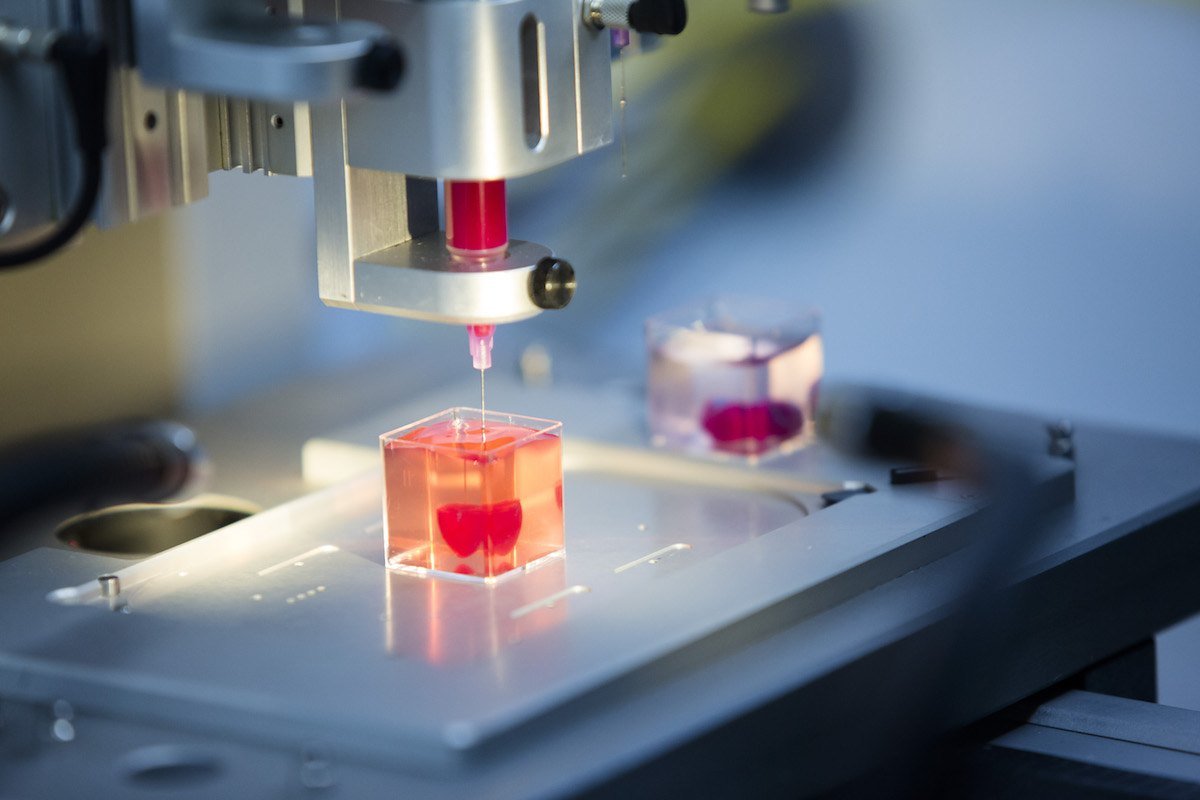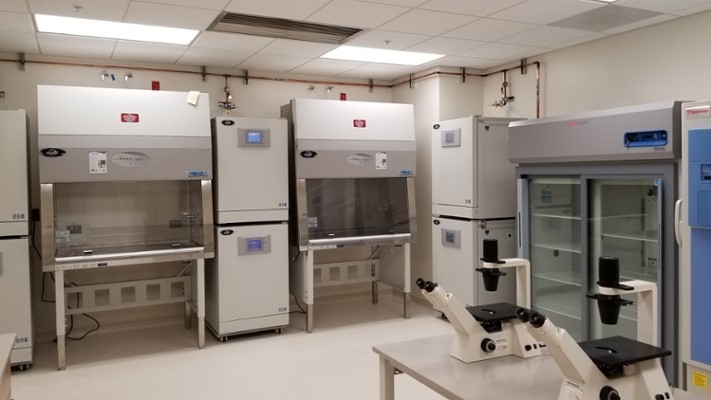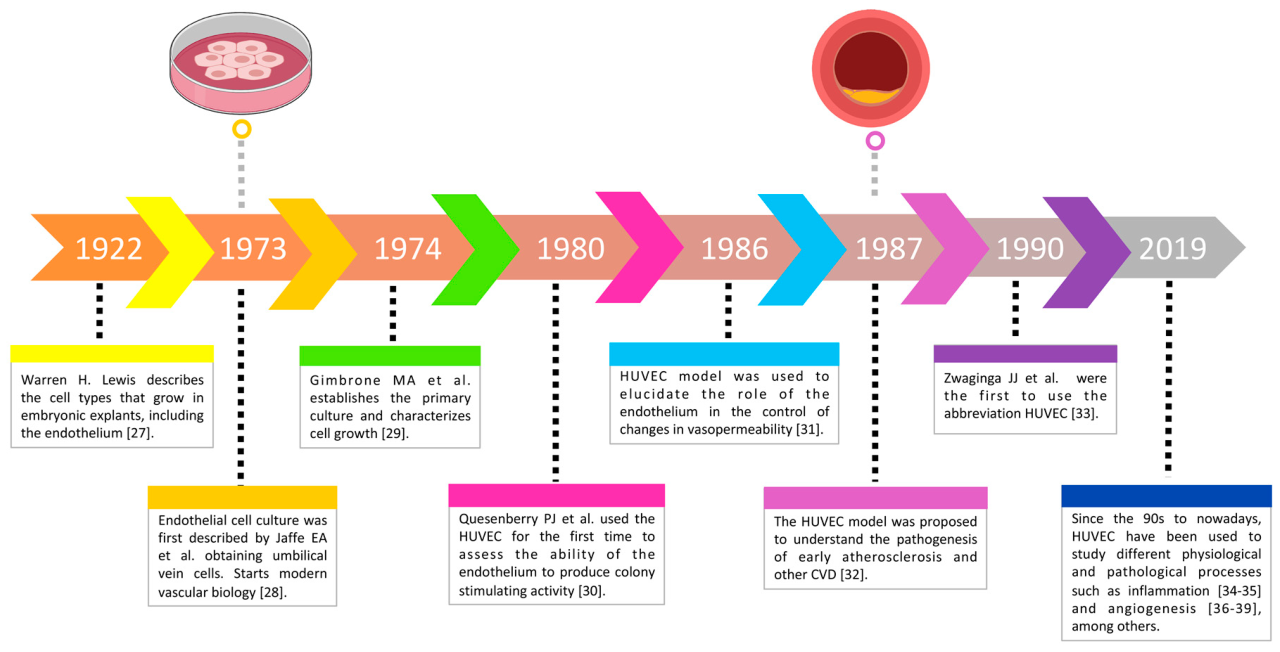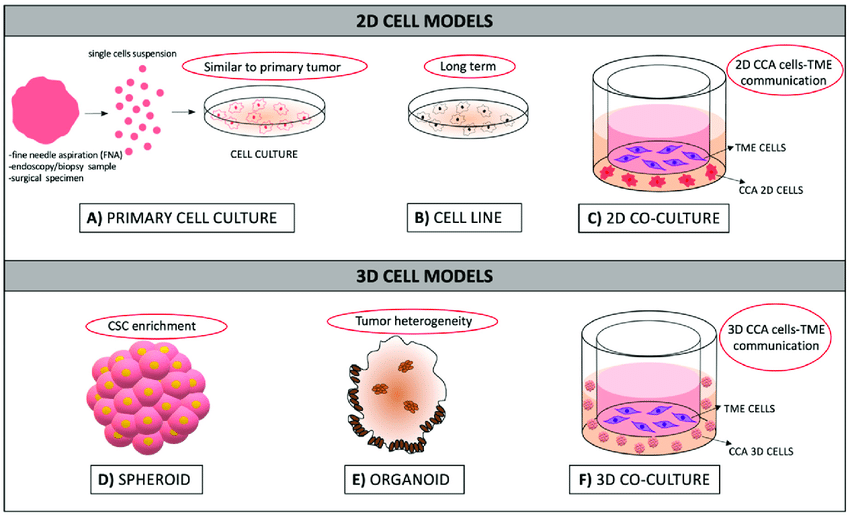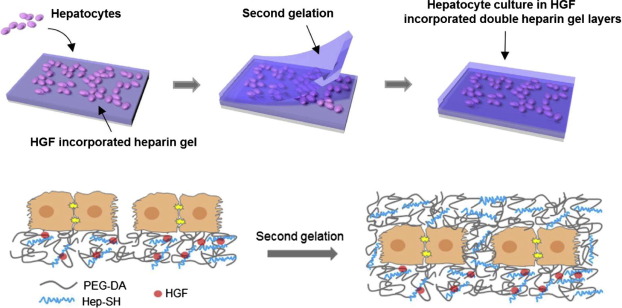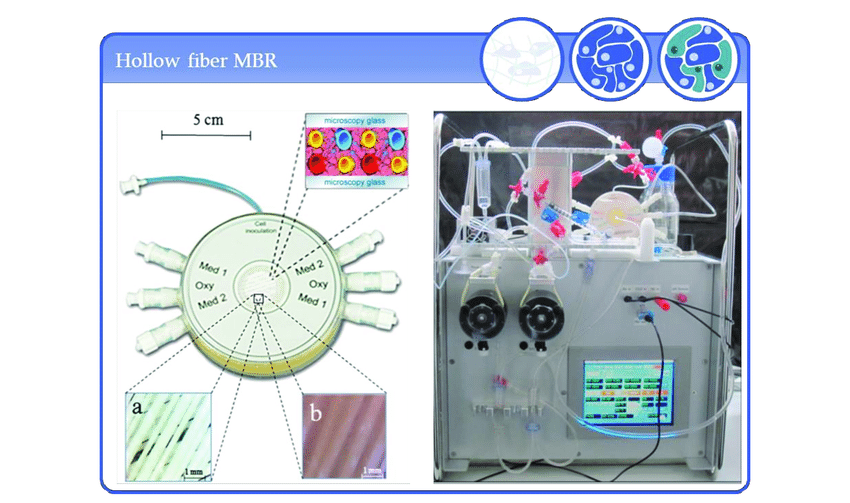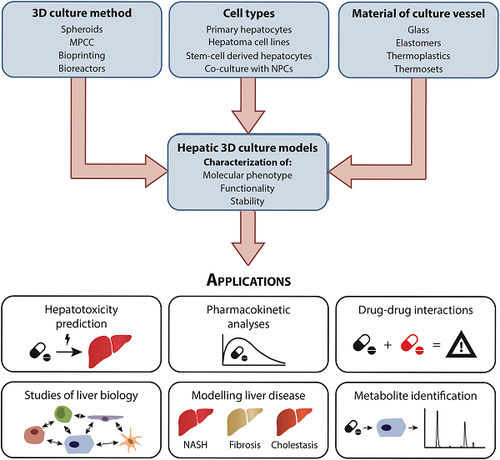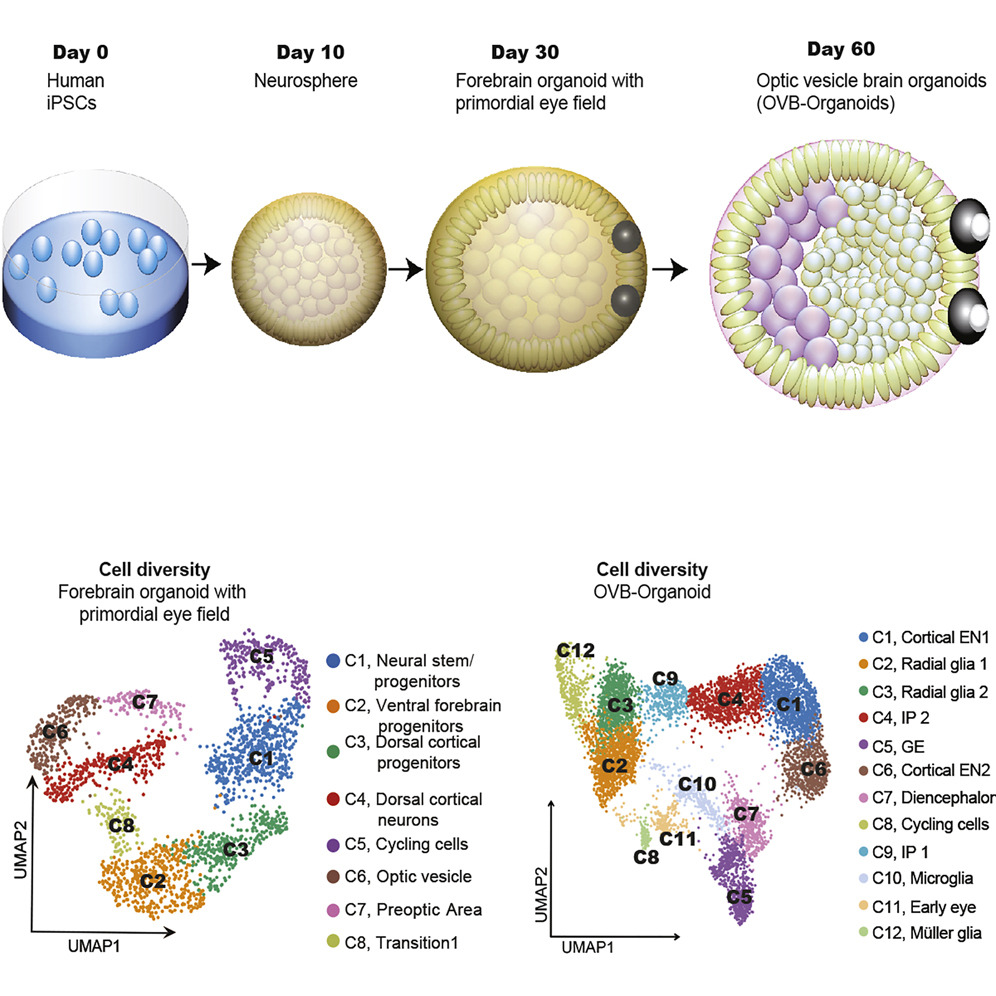LITTLE PLATES and BIG DISCOVERY
The first microplate was invented in early 1950ws by Hungarian physician, scientist and inventor Dr. Takatsy. He created hand machined first microplate consisting of 6 rows of 12 wells out of Poly methyl methacrylate (PMMA). PMMA was developed in 1928
3D BIOPRINTING – A NEW ERA OF CELL CULTURES
Progress in 3D cell culture technology has created the possibility of tissue engineering development and enhanced progression in regenerative medicine. At first, tissue-engineered cartilage was developed in the nineties followed by the development of 3D printing in 2013, the ear
SET UP YOUR OWN CELL CULTURE LABORATORY
The continuous culture of eukaryotic cells has become a main-focused technique in several fields- biological, biochemical, and biomedical research. Cell culture needs a commitment of energy and resources to be undertaken in a professional manner. There is an ongoing need
TRACING THE LINEGAE OF 3D CELL CULTURE
In late 19th century, it was demonstrated by Wilhelm Roux that it is possible to maintain living cells outside the body in saline buffer for a few days. (1). At the same time in parallel, Leo Loeb evaluated a technique
EVOLUTION FROM 2D to 3D CELL CULTURES
Cell culture is an important and necessary tool in drug discovery, cancer research as well as in stem cell studies. Cells are cultured using two-dimensional methods, but new and improved methods have now evolved and implemented 3D cell culture techniques.
Sandwich cultures for 3D Hepatocytes
In the recent years there has been an arsenal of 3D cell culture techniques developed for both small-scale applications such as physiological research as well as industrial research such as pharmacokinetics and high throughput drug screens. 3D liver cultures are
3D cell culture as a suitable research platform for multiple sclerosis (MS)
Among the neurodegenerative diseases, Multi sclerosis is the most common chronic disease prevalent among the young adult population with an early onset at 20-40 years of age, with a high occurrence among women (1). MS is characterized by focal plaques
Generating large scale primary liver spheroids
Liver spheroids are successful as a physiologically relevant 3D cell culture model, with accurate representation of in-vivo like structure and function. In addition these 3D platforms are compatible with most high throughput, and high content screening systems, thus proving to
Primary Hepatic 3D culture systems
In the past decade 3D liver cultures as developed in leaps and bounds for study of liver functions, and disease progression. Most of these culture systems are also adopted commercially, for testing drug toxicity, drug interactions and pharmacokinetics. Such advances
ORGANOIDS: CONSTRUCTS DERVIED FROM STEM CELLS
Organoids can be defined as three-dimensional multicellular in vitro tissue culture that has the capability to mimic its corresponding in vivo organ, so that they can be put in use to study characteristics of that organ in the tissue culture


